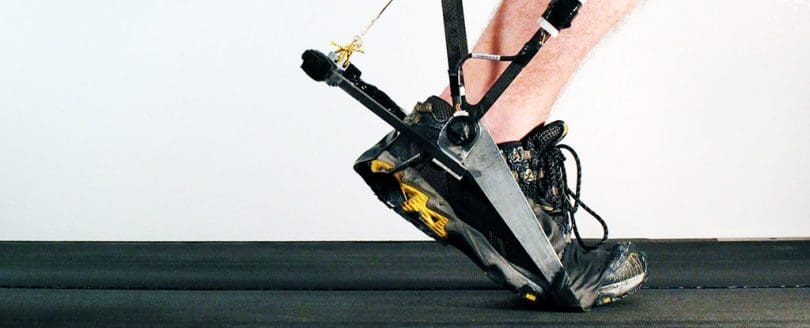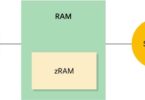Exoskeleton lend strength where the body needs – and people with walking difficulties can walk again thanks to the additional support. However, this only works effectively if the prosthesis is individually adapted to its wearer. An algorithm is now supposed to take over this quickly, precisely.
The one shuffle, the others stacks, others still walk or tipple – many people can already be recognized in their course. For neither our steps nor our movement apparatus is standardized. If robots fall and are damaged, they are simply repaired and restored. This is different for us. Not only habits but also accidents or illness can affect how we go and move. The gaits are as different as the people themselves.
Therefore, prostheses such as exoskeleton must be individually adapted to their wearers. Only then they can effectively relieve it either during heavy work or assist in coping with walking difficulties. Researchers at Carnegie Mellon University have embraced this problem and have developed a new type of exoskeleton embraced with Artificial Intelligence that automatically adapts to the natural movements of the wearer. The study has recently been published in Science magazine.
The problem with the previous exoskeleton is that they are based on a one-size-fits-all system and are not tailored to the respective wearer, explains biochemist and chief author of the study Juanjuan Zhang said to The Verge. As a result, users of exoskeletons are unconsciously fighting the prosthesis, and much energy would be wasted. “What makes the whole thing so complicated is not the tool itself but the human body is so extremely complex,” says Zhang.
Despite all the difficulties, Zhang and her team have now found a solution to optimize exoskeleton. An algorithm is designed to adjust the prosthesis automatically, quickly and precisely to the wearer’s body. In their study, the scientists used an exoskeleton for the ankle to test their method. The new type exoskeleton is strapped to the shin and foot, a small motor including the cable system helps to lift the heel at every step.
For the field trial, eleven students joined an exoskeleton, put on a breathing mask, and walked on the treadmill. Using the mask, the scientists were able to measure how much oxygen the subjects breathed in and how much carbon dioxide they exhaled. Thus, the energy consumption of each individual participant could be determined during walking.
In the meantime, the software has adjusted the exoskeleton over and over again in order to filter out the setting at which the respective carrier spends the least amount of energy. So she lifted the heel a bit earlier, sometimes a little later or practiced times more and less power. The result, as manifold as the gaits of men: no attitude was the same.
The study did not require an algorithm to find the optimum setting for the respective user for more than an hour. Thus, Zhang and her team were able to reduce the energy expended by each volunteer by an average of 24 percent.
This kind of personalization is not new, but it has never been so fast and accurate, the magazine Science notes. Because up to now, exoskeleton had to be manually adjusted after researchers had collected enough data and then tested again.







